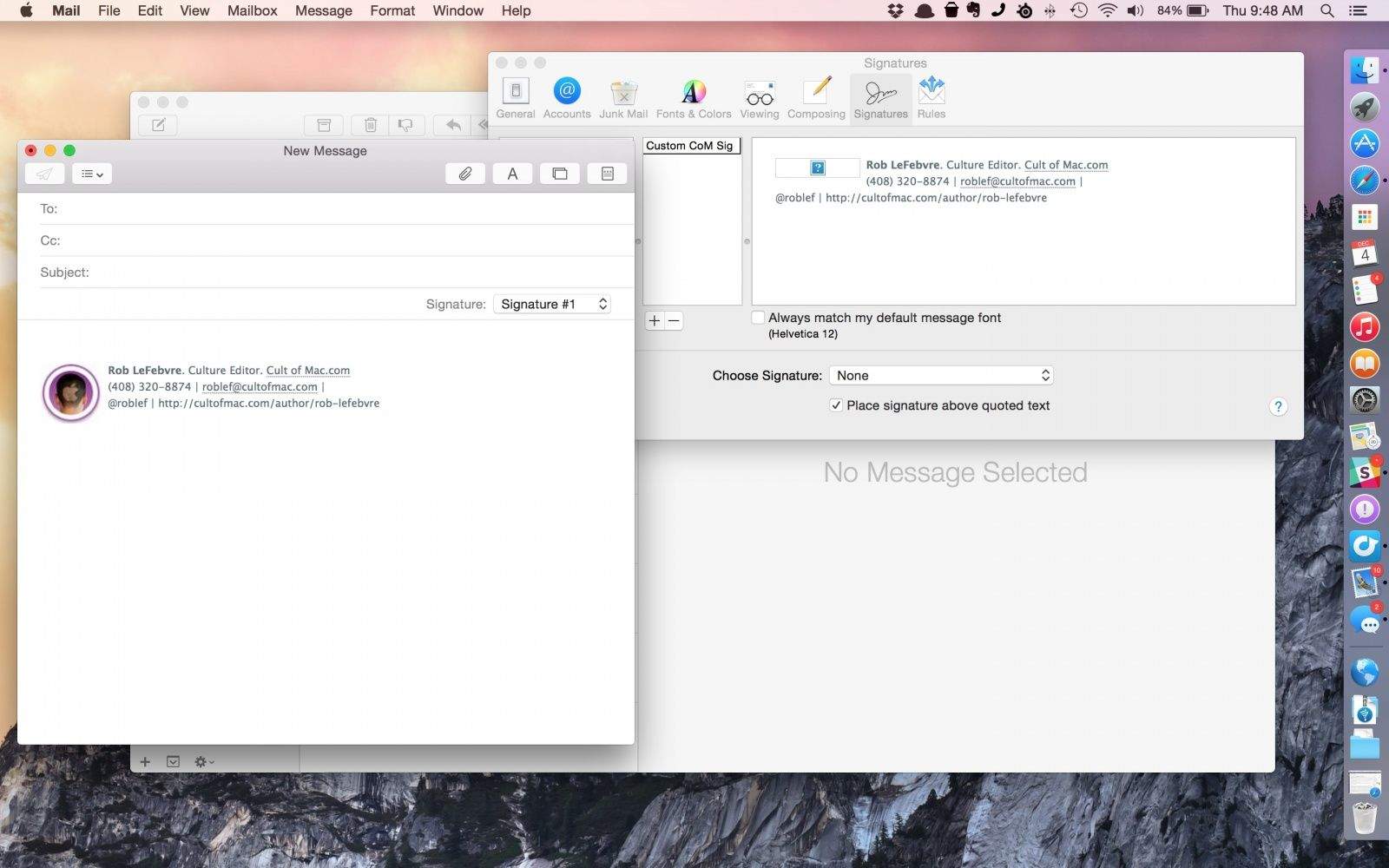Sigh, this is a classic problem with all too many programmers, or at least those in the paid, corporate world. (I'm looking at you Microsoft.) Give them a simple problem, and they'll make it more complicated to create a challenge and add job security.
llscots is right. Quite often we don't want to move the WYSIWYG formatting to another document, we just want to move HTML or character/paragraph styles along with the text. I don't know how many times I've tried to drive home to developers the point that we want to leave fonts and other 'how it looks' issues in the hands of the IMporting application. Ideally, the EXporting application shouldn't even include them. I almost had a book go to print with some weird, brief passages in Times Roman (the virus font) that Word didn't strip out when it exported rtf and that InDesign didn't strip out when it imported rtf.
Earlier this week I evalutated Mellel, a lightweight but powerful word processor that makes very effective use of styles. I gave up getting it when I discovered that Mellel's rtf export strips out Mellel's styles and just created raw, highly formatted text. And that's a small company that I talked with over and over about the need to export the styles they're so proud of inside their application. And yes, it can also export in XML now, but importing XML into InDesign is poorly documented and needlessly complex. All I want are character and paragraph style tags (which could also be HTML tags). They could hire probably hire a bright 12-year-old who could code that.

And that's the problem. It's too simple and straight-forward. It's much more fun to muck about with all sorts of complex coding to recreate the 'look and feel.'

What we need is a text editor that simply tags text, tagging both paragraphs and sections of text (i.e. with italic). On export it writes those tags out in a form other applications understand, HTML for the web, RTF for Word, MIF for Framemaker, IDIF for InDesign and so forth. For simply transfering style names, that's a trivial task. InDesign's interchange format for paragraph style names is almost identical to HTMLs. Then when we've imported that styled text, it's easy to give meaning to the styles. This application could also be smart enough to change styles names between import and export. Heading 1 in Word/RTF on import, could become H1 for HTML on export. That'd let us interchange documents in HTML, Word, InDesign, Framemaker or whatever without having to cut out a lot of useless formatting clutter.

Notes app for macOS has become very user-friendly with the addition of several powerful features. But the one department where it’s still lagging is the restriction to export notes only as PDF. Unfortunately, you can’t export your Apple notes as text or HTML on your Mac. However, you shouldn’t be disappointed as there are a few options that can help you circumvent the hurdle. Third-party apps come in handy, especially when breaking the shackles. And guess what, they can assist you in overcoming this limitation as well!
How to Export Notes as PDF in macOS
As mentioned above, Apple lets you export your notes only as PDF. And the process is quite straightforward.
Set an environment variable. The supplied names are marked for automatic export to the environment of subsequently executed commands. Syntax export -fn name=word. Export -p Key -f The names refer to functions. Otherwise the names refer to shell variables. How to Export Notes as PDF in macOS. As mentioned above, Apple lets you export your notes only as PDF. And the process is quite straightforward. Note: You have the option to import text files into Notes. You will be able to import files in TXT, RTF, RTFD, HTML, or Evernote XML Export (ENEX) format.
Note: You have the option to import text files into Notes. You will be able to import files in TXT, RTF, RTFD, HTML, or Evernote XML Export (ENEX) format.
Step #1. Open Notes app and select the note you want to export.
Step #2. Now, click the File menu and select Export as PDF.
Edit Html Mac
Step #3. Then, select the preferred location and click on Save.
Now that you have converted your note into PDF format and saved it at the desired location go ahead and share it using AirDrop, email or other preferred option.
That’s all there is to it, folks!
Your turn:
I wish Apple Notes for macOS had the feature to export notes in several formats including text and HTML sooner than later. What’s your take on it? Shoot your views in the comments below.
You might want to refer these posts as well:
Found this article helpful?

Mac Os X Pages Export To Html Code
The founder of iGeeksBlog, Dhvanesh, is an Apple aficionado, who cannot stand even a slight innuendo about Apple products. He dons the cap of editor-in-chief to make sure that articles match the quality standard before they are published.
Mac Os Html Editor
- https://www.igeeksblog.com/author/dhvanesh/
- https://www.igeeksblog.com/author/dhvanesh/
- https://www.igeeksblog.com/author/dhvanesh/
- https://www.igeeksblog.com/author/dhvanesh/